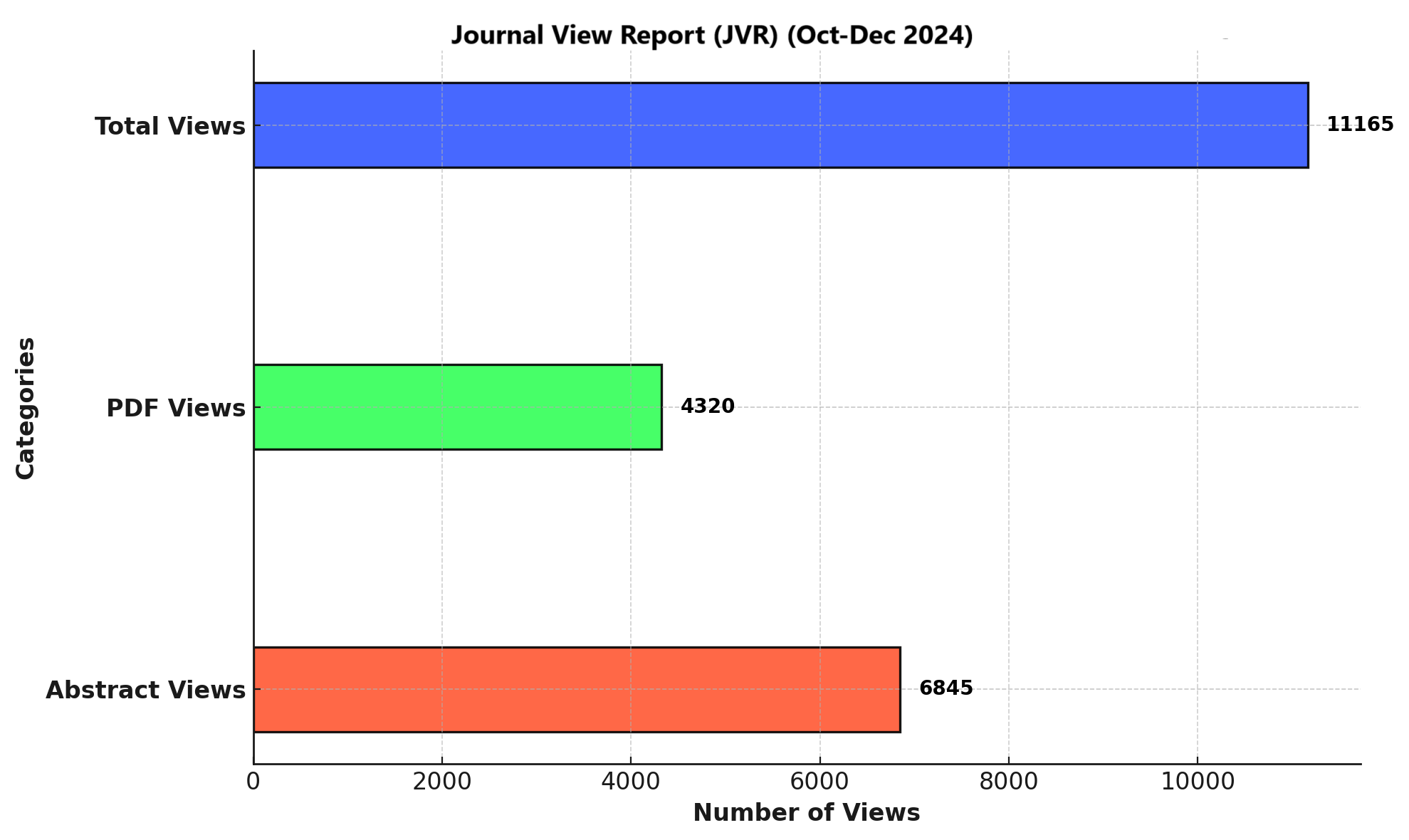PREVALENCE OF MUSCULOSKELETAL PAIN AMONG BRT BUS DRIVERS IN PESHAWAR: A CROSS-SECTIONAL SURVEY
DOI:
https://doi.org/10.71000/ijhr211Keywords:
Ergonomics, Musculoskeletal Disorders, Musculoskeletal Pain, Neck Pain, Pain Epidemiology, PrevalenceAbstract
Background: Musculoskeletal pain (MSP) is a common health issue affecting muscles, bones, and joints, often caused by prolonged sitting, obesity, aging, physical inactivity, smoking, and systemic inflammatory or cardiovascular conditions. Professional drivers are particularly at risk due to prolonged static postures, repetitive movements, and ergonomic challenges. Musculoskeletal disorders (MSDs) are a significant cause of reduced quality of life and work-related disability, necessitating research into their prevalence and risk factors among occupational groups such as bus drivers.
Objective: The objective of this study was to determine the prevalence of musculoskeletal pain among BRT bus drivers in Peshawar and to explore its association with occupational ergonomics.
Methods: A cross-sectional study was conducted over six months among 235 BRT bus drivers in Peshawar, selected through a convenience sampling technique. The Nordic Musculoskeletal Questionnaire (NMQ) was used to assess pain, and data were collected through structured interviews. Drivers aged 25–60 years with a minimum of one year of job experience were included, while those with pre-existing musculoskeletal issues or systemic conditions were excluded. Data analysis was performed using SPSS version 27, and results were presented using bar charts and pie charts. Descriptive and inferential statistical analyses were conducted, with significance set at p < 0.05.
Results: Among 235 participants, 181 drivers (77.0%) reported experiencing musculoskeletal pain over the past year, while 54 (23.0%) reported no pain. Neck pain was reported by 71 participants (30.2%), shoulder pain by 19.1%, upper back pain by 19.6%, and lower back pain by 22.6%. Pain in the hips/thighs affected 11.5%, knees 22.6%, ankles/feet 8.1%, elbows 2.1%, and wrists 3.0%. The findings suggest that ergonomic interventions may have contributed to the mild nature of the pain experienced by most drivers.
Conclusion: The study concluded that while BRT bus drivers in Peshawar commonly experienced musculoskeletal pain, its severity was generally mild, likely due to existing ergonomic practices. However, further improvements in ergonomics and supportive workplace policies are recommended to achieve complete mitigation of musculoskeletal discomfort and enhance drivers' occupational health.
Downloads
Published
Issue
Section
License
Copyright (c) 2024 Syed Imtiaz Ahmad, Naeem Ullah Shinwari, Syed Issam Ullah Jan, Muhammad Abrar, Kainat Jaffary, Anosha Tariq (Author)

This work is licensed under a Creative Commons Attribution-NonCommercial-NoDerivatives 4.0 International License.







